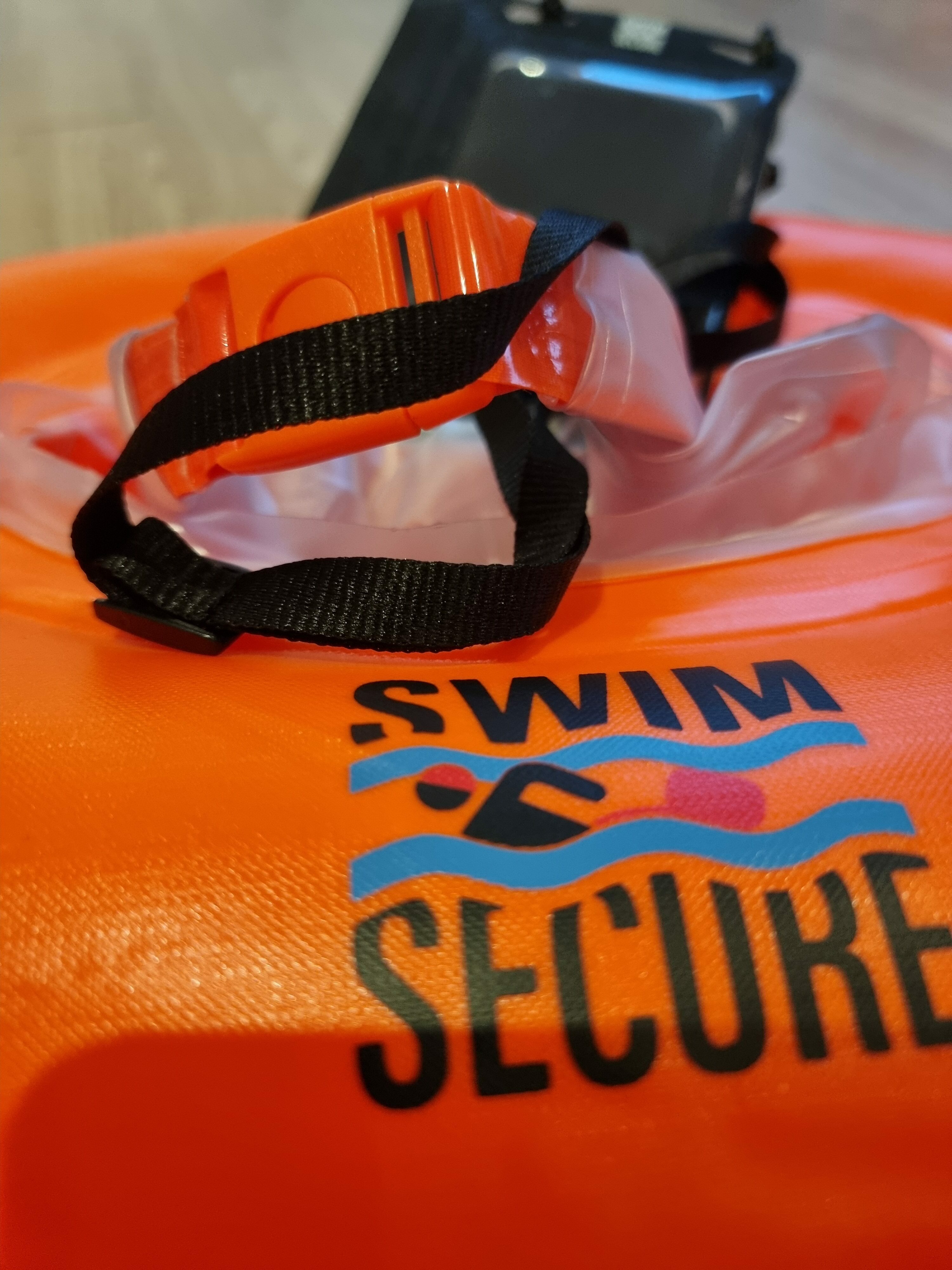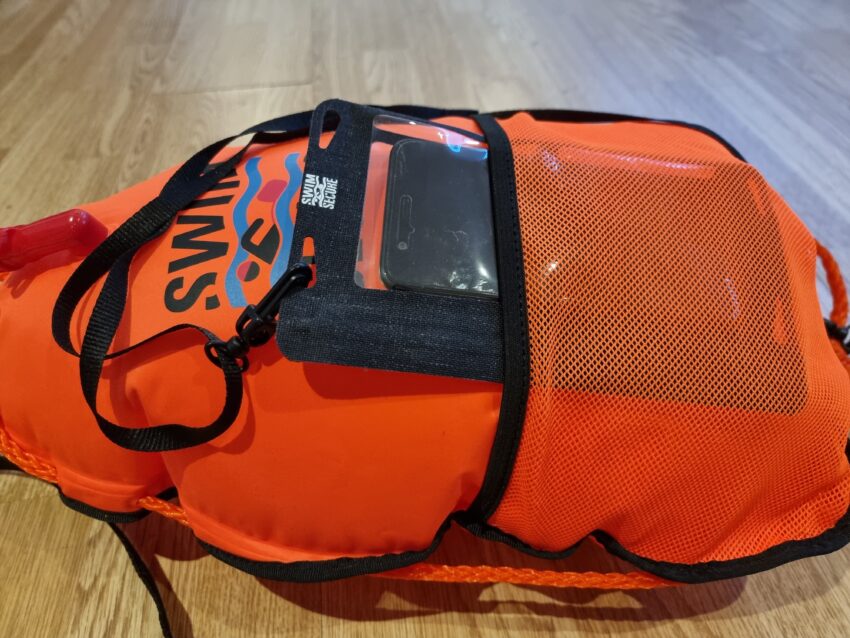
How to carry your phone while swimming, if you want to take pictures
Outdoor swimming, and the views you get from the water, invite you to take pictures. I’ve long struggled with the best options. Having tried and tested sports and waterproof cameras, I’ve come to the conclusion that often the best option is the camera on your phone, at least for above the surface photography (the Thames, where I do most of my swimming, is too murky for underwater photography anyway).
Phones have several advantages over other devices. Usually, I have my phone charged and with me. Other devices require additional effort to charge and get ready, plus it’s more kit to carry. Secondly, pictures on a phone can be shared immediately. There’s no need for time-consuming transfers and uploads. Also, some modern camera phones have impressive lenses and image processing software that you’d have to pay out again for if you bought another camera: the quality of pictures from my phone is much better than from any sports or waterproof camera I’ve tried. But phones often aren’t waterproof and they are easy to drop and lose (I know from bitter experience), so how should you do it?
Even if you have a waterproof phone, I’d put it in a waterproof case or pouch. This both keeps it dry and makes it easier to carry and hold. It does have the slight disadvantage that you need to manipulate the phone inside the pouch and take pictures through an extra layer of plastic but this is easily done with the right case. Obviously choose one with a clear front so you can use the touch screen and with windows for the lenses (both front and back).

One option is to hang the phone (in its case) around your neck on a lanyard. This makes it very easy to grab and use, and is reasonably secure if you’re dipping or casual breaststroke swimming. However, it’s not a good option for head-down front crawl swimming, and I’m wary about dangling things around my neck.
Another idea is to stow the phone inside your costume. This is easy to do and is unobtrusive while swimming but you run the risk of it slipping out or you fumbling and dropping it as you reach for it to take a picture. A solution to this is to secure the phone on a line to a belt around your waist of some kind (the belt from a tow float works well for this). This is a reasonably practical set up but can result in some annoying dangling lines.
The next option I tried was fixing my phone, in its waterproof case, to the outside of a tow bag but this was unsatisfactory because it was awkward to us, so I phoned Swim Secure and asked their advice. They recommended either using their tow donut or their tow float elite. I tried both.

The tow donut is a tow float with a small waterproof bag in the centre. The advantage of the donut over other tow bags is that you can access the contents while on the water – as long as you are careful and the water is calm. I like the tow donut but it didn’t give me the ease of access to my phone I wanted plus, once I took it out of the bag it wasn’t secured to anything and I worried about dropping it. Separately, I tried fixing the phone to the top of the tow donut using the clip to make sure the phone was always connected to float even when taking pictures. This worked OK, but my favourite solution was to use the tow float elite.

The tow float elite has an external mesh pocket that holds the phone securely, and where it’s immediately accessible. The float also has a grab rope around the outside that I tied the phone case to so that if I dropped it or it slipped from the pocket, it would remain attached to the float and not sink.
Having the phone attached to the tow float elite means it’s out of the way but safe while swimming and easy to reach if I spot a photo opportunity. The only disadvantage I experienced with the tow float elite is that it can flip over, especially if your phone is heavy. It’s therefore important to make sure your phone is in a fully waterproof case.









